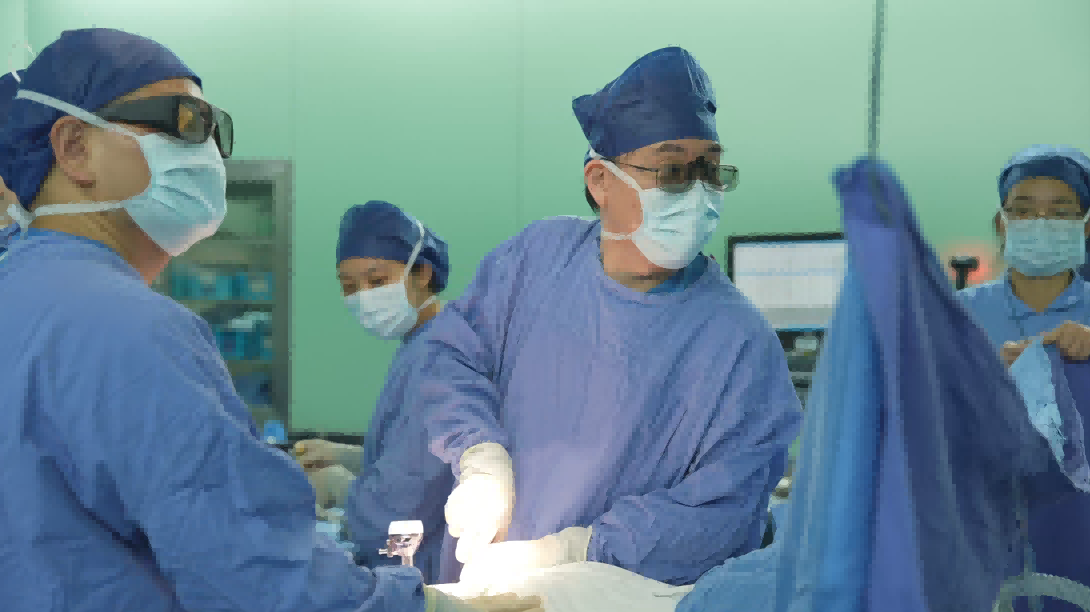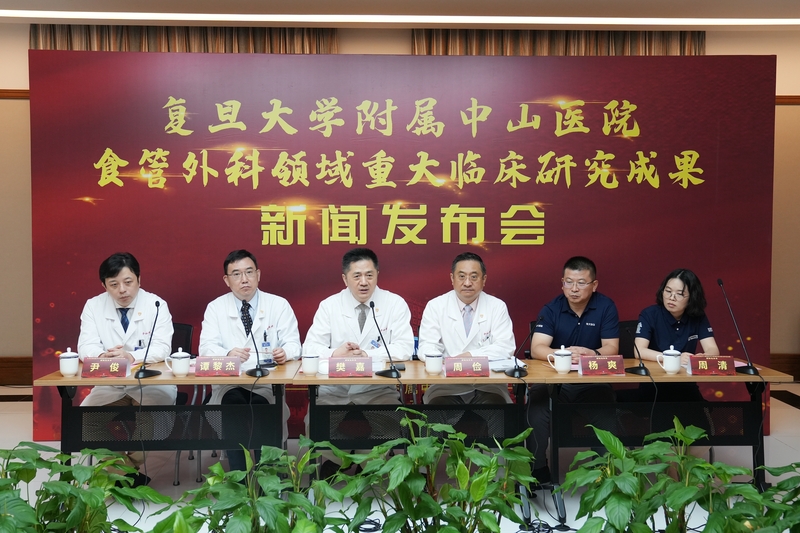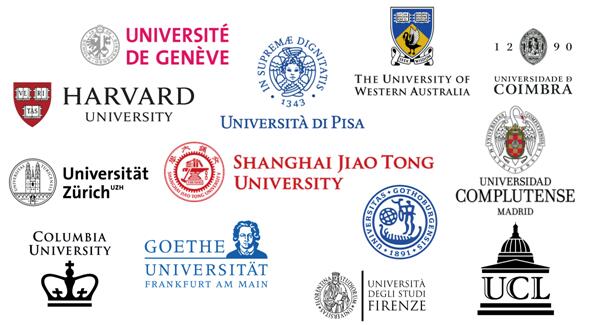Top tier journal of research results published by Zhongshan Hospital, neoadjuvant therapy for esophageal cancer can significantly improve the survival of advanced patients with adjuvant therapy | Patients | Zhongshan Hospital
Today, it was reported that Professor Tan Lijie and Professor Yin Jun from the Department of Thoracic Surgery of Fudan University Affiliated Zhongshan Hospital, in collaboration with BGI Gene Research, have found that the use of PD-L1 antibody immunotherapy combined with surgery is expected to improve the treatment effect of locally advanced esophageal cancer patients. The study is the first to reveal the biological characteristics of immunotherapy sensitive populations, opening up new avenues for treatment in related fields in China. The top tier journal of the achievement journal Nature Medicine.
It is reported that esophageal cancer is one of the top ten high-risk cancers in China, with over 90% of patients suffering from esophageal squamous cell carcinoma. Excessive consumption of tobacco and alcohol, as well as long-term hot drinking and eating, can increase the risk of illness. Due to the insidious symptoms, most patients are diagnosed in the middle and late stages, with a 5-year survival rate of only 20% to 30%. The surgical effect of esophageal cancer is poor, and comprehensive treatment such as surgery combined with radiotherapy, chemotherapy, and immunotherapy is the standard treatment method for locally advanced patients.
Since 2019, Professor Tan Lijie and Professor Yin Jun's team have collaborated with the Institute of Life Sciences at Huada University to jointly carry out the Phase Ib "NATION-1907" study on the use of self-developed PD-L1 monoclonal antibody - Adebelimumab - for neoadjuvant treatment of locally advanced resectable esophageal squamous cell carcinoma by Hengrui Pharmaceuticals. The so-called "neoadjuvant therapy" refers to the advancement of postoperative adjuvant therapy to preoperative stage, "downgrading" of locally advanced tumors, in order to obtain more possibilities for radical resection. Through effective neoadjuvant therapy, possible micro metastatic lesions in the body can also be eliminated in order to achieve long-term survival.

Expert introduction: Although the new adjuvant chemotherapy and radiotherapy recommended by the current guidelines can partially achieve the above goals, they have significant toxic side effects and limited beneficiaries. Finding an "efficient and low toxicity" model that can accurately implement tumors with different biological characteristics has always been an urgent problem to be solved.
30 patients were enrolled in the "NATION-1907" study, of which 25 completed neoadjuvant therapy and esophageal cancer radical surgery. Compared with historical controls of radiotherapy, chemotherapy or chemotherapy patients, the study showed significant survival benefits, overall safety was controllable, and no adverse reactions with significant or worsening symptoms occurred, nor did it lead to surgical delays or increased complications. The common side effects such as hair loss, vomiting, loss of appetite, and other systemic side effects during radiotherapy and chemotherapy have been effectively alleviated. Further data shows that patients who receive neoadjuvant immunotherapy have a two-year postoperative survival rate of over 90%, far exceeding the research design expectations. Research has confirmed that neoadjuvant immunotherapy has broad application prospects in locally advanced resectable esophageal squamous cell carcinoma. The study also revealed for the first time the biological characteristics of immunotherapy sensitive populations, providing important evidence for precision treatment.
As a pilot hospital for high-quality development of public hospitals and one of the first batch of comprehensive national medical centers, Zhongshan Hospital has been exploring deep integration with domestic medical innovation enterprises for a long time, establishing a "medical research and production" innovation cycle system. Fan Jia, academician of the CAS Member and president of Zhongshan Hospital, said that the cooperation between the clinical team and BGI is also evidence. At present, Zhongshan Hospital focuses on four directions: diagnosis and treatment technology, innovative drugs, medical equipment, and medical equipment, and has sorted out multiple "bottleneck" and "one stop at the door" research projects. It has signed contracts with more than 100 enterprises and platforms, and through medical and industrial cooperation, continues to promote the transformation of high-level basic medical research and clinical research results, helping innovative achievements "bloom in multiple places".





